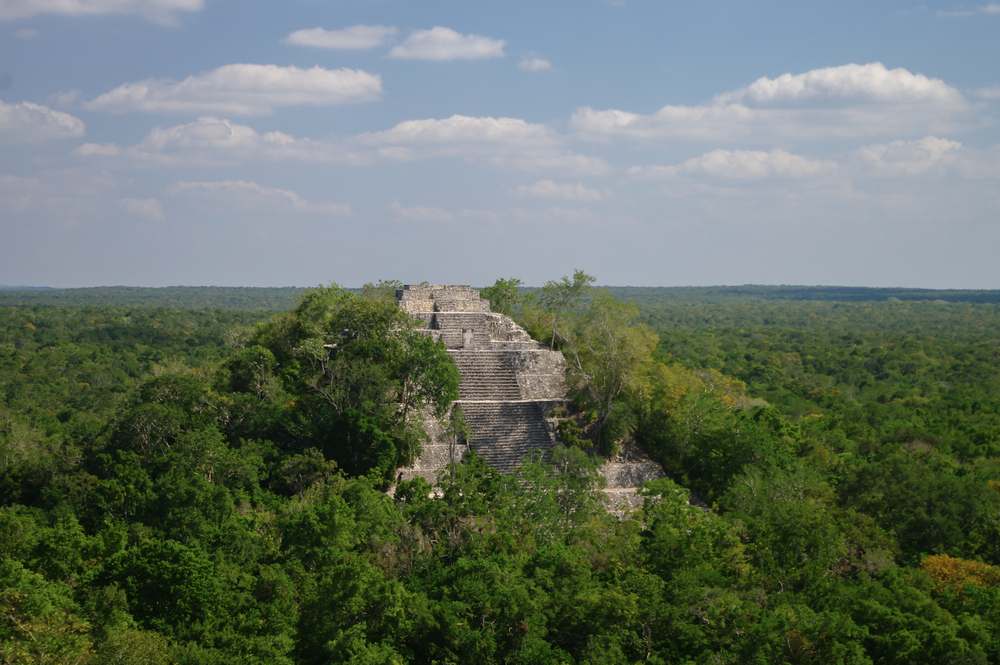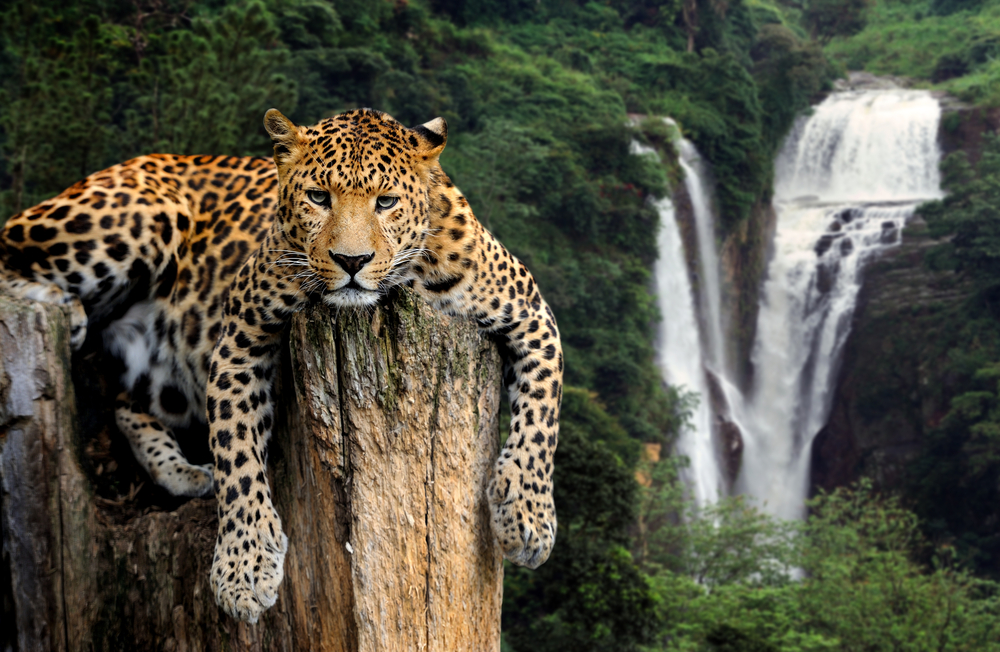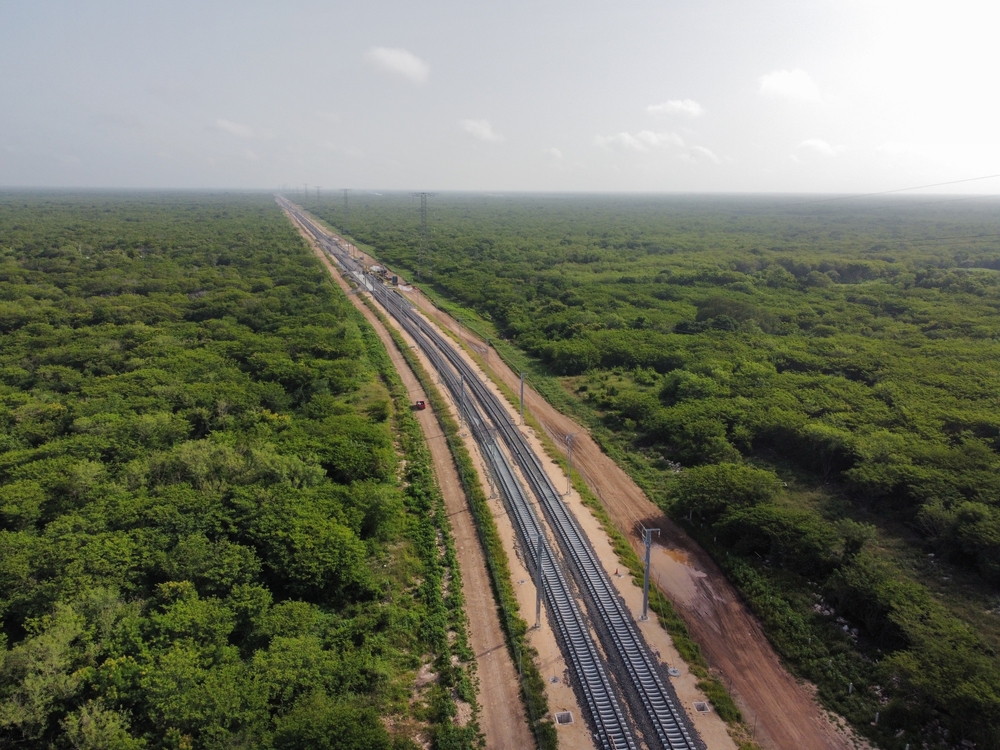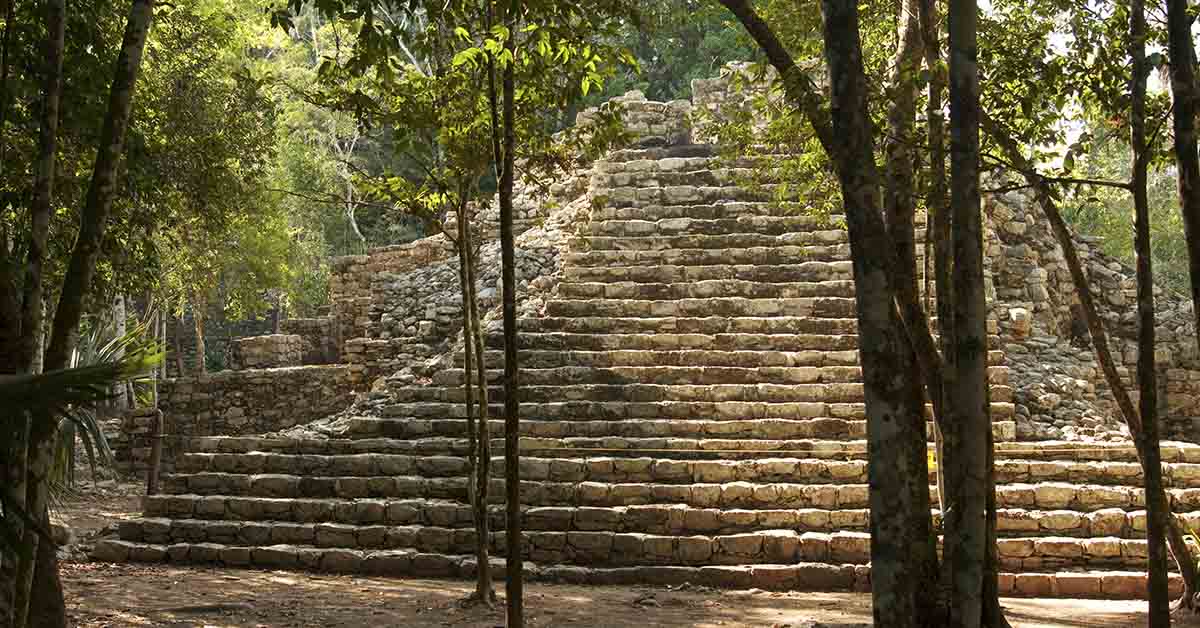Three countries came together to preserve the Mayan jungle, including its wildlife and cultural heritage. Mexico, Guatemala, and Belize have formed a Tri-National Reserve spanning over their borders. It includes over 14 million acres (approximately 5.7 million hectares), making it one of the largest nature reserves in Latin America, second only to the Amazon rainforest. Officials and activists hope the newly formed Great Mayan Forest Biocultural Reserve will successfully conserve endangered species while working with Indigenous and local communities.
The Tri-National Great Mayan Forest Reserve

The official Great Mayan Forest Biocultural Corridor declaration was officially signed on August 15, 2025, by the presidents of Mexico, Guatemala, and Belize (Claudia Sheinbaum, Bernardo Arévalo, and Johnny Briceño, respectively). August 15th will be henceforth commemorated as “Great Mayan Forest Day” to draw awareness to the Tri-National Reserve and its efforts. The agreement includes commitments to biodiversity protection, supporting local indigenous and Afro-descendant communities, combating illegal activities, improving local rural development programs, and honoring the legacy of the ancient Maya civilization. “We are not only protecting an ecosystem, but also honoring the legacy of the civilization that once flourished in these territories,” said Briceño in a press release.
Until now, the land was rife with criminal gang operations, illegal poaching, smuggling, and drug-dealing, as well as destructive mining and logging projects. For that reason, fighting crime is an important element of the agreement. “The first thing is that the security forces begin to have a presence…” said Guatemala Environment Minister Patricia Orantes, according to the LA Times. “This is not primarily an environmental battle. We’re talking about the Guatemalan state needing to retake control of its territory.” In addition to security, Orantes said the government will offer economic alternatives to locals who may be participating in illegal activities.
Conserving Culture and Wildlife

The protected lands will include famous Maya sites like Calakmul, which is also a UNESCO World Heritage Site. The agreement refers to Maya descendants and other indigenous locals as “guardians of nature”. Their knowledge of the forests, sustainable farming, and resource management is an important aspect of the government’s conservation plans. At the same time, this recognition is meant to empower these communities while protecting their cultural identity. For example, this agreement may help preserve traditional Maya agricultural cycles and water systems. (Both are at risk due to pollution and excessive development.)
Massive forests like the Great Mayan Forest help regulate water cycles, mitigate climate change, and offset greenhouse gas emissions. Preserving them means preserving the nature, animals, and people living near them. In fact, the Great Mayan Forest Biocultural Corridor hosts some of the most unique wildlife in the world. It is the home of over seven thousand species, including 200 endangered ones, like spider monkeys and scarlet macaws.
The Tri-National Reserve actually encompasses about 50 smaller reserves, 12 in Mexico, 27 in Guatemala, and 11 in Belize. Joining them together opens up the habitats to wide-ranging species like jaguars. A larger land mass allows for better odds of breeding, genetic diversity, and overall survival for the species. Keep in mind, many of them are critically endangered due to habitat loss. Research from 2024 shows that governmental limitations on deforestation are needed so forests can continue their natural uptake of carbon dioxide.
The Maya Train and Other Megaprojects

The three governments have also made a council to assess future megaproject proposals to prevent further destruction to the area. One major topic of concern was the controversial Maya Train, which currently runs in a loop around the Yucatan Peninsula in Mexico. It was built to connect resorts with remote jungles and archaeological sites. Mexico’s former President Andrés Manuel López Obrador had fast-tracked the project despite mounting environmental concerns. The construction has damaged a cave system, which was a main source of water for the locals. About 7 million trees were chopped down over the span of four years. López Obrador has proposed expanding the train line to Guatemala, and current President Sheinbaum has continued to promote the idea.
However, Arévalo is refusing to extend the Maya Train through the Tri-National Reserve. “Connecting the Maya Train with Guatemala and eventually with Belize is a vision we share,” Arévalo said. But “I’ve made it very clear at all times that the Maya Train will not pass through any protected area.” He said there must be careful environmental studies and alternative routes around the jungle.
Selvame, the Mexico-based environmental group, is cautious about the agreement, according to AP News. They called the Tri-National Reserve a “monumental step for conservation” but hoped it would be more than “symbolic.” In a statement, they wrote, “We’re in a race against the clock. Real estate and construction companies are invading the jungle, polluting our ecosystems, and endangering both the water we consume, and the communities that depend on it.”
Read More: Mexico Bans Dolphin Shows in Landmark Animal Welfare Victory

